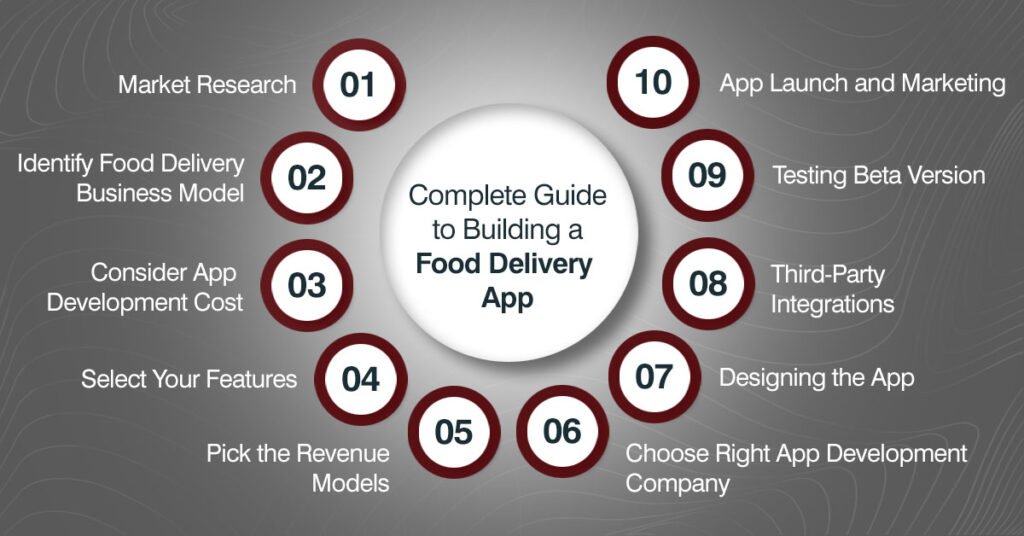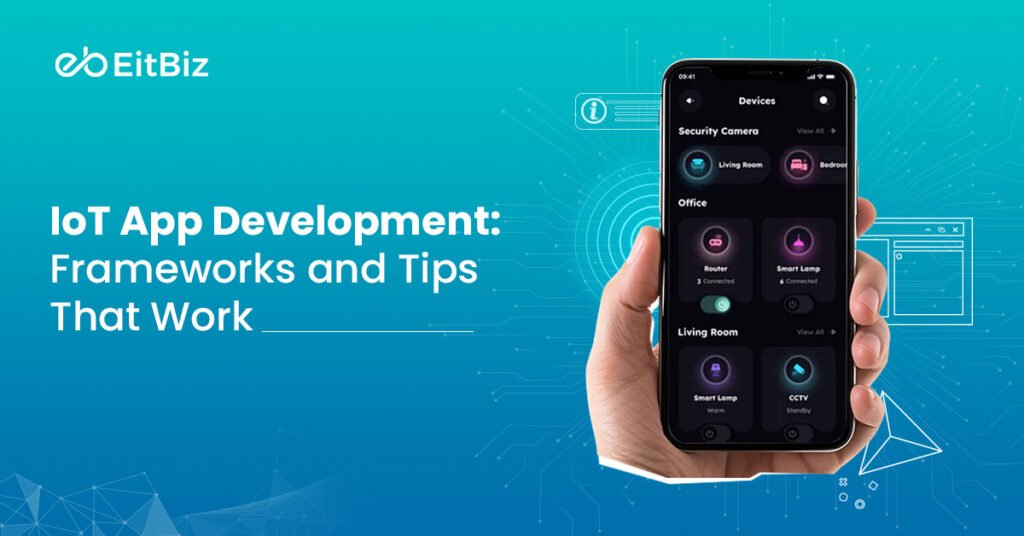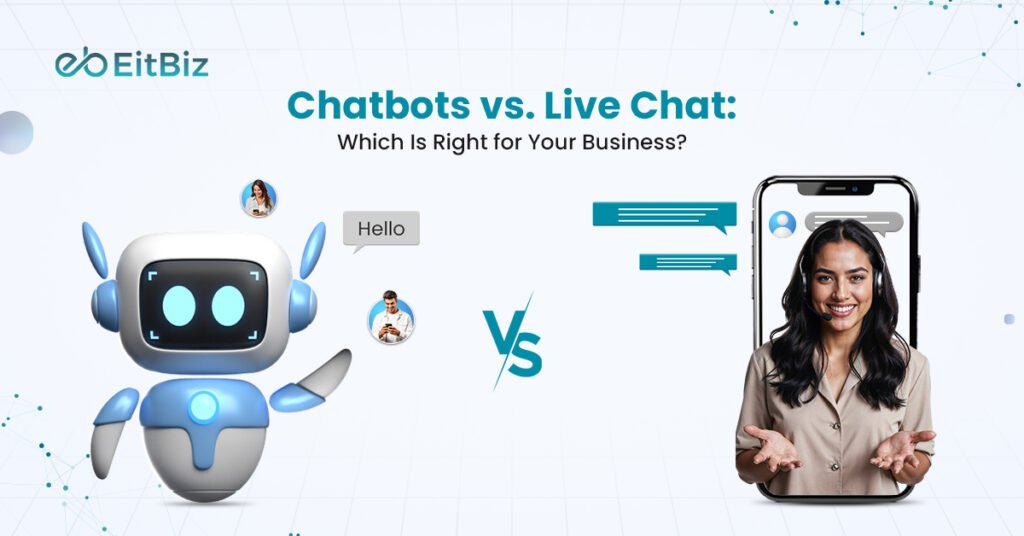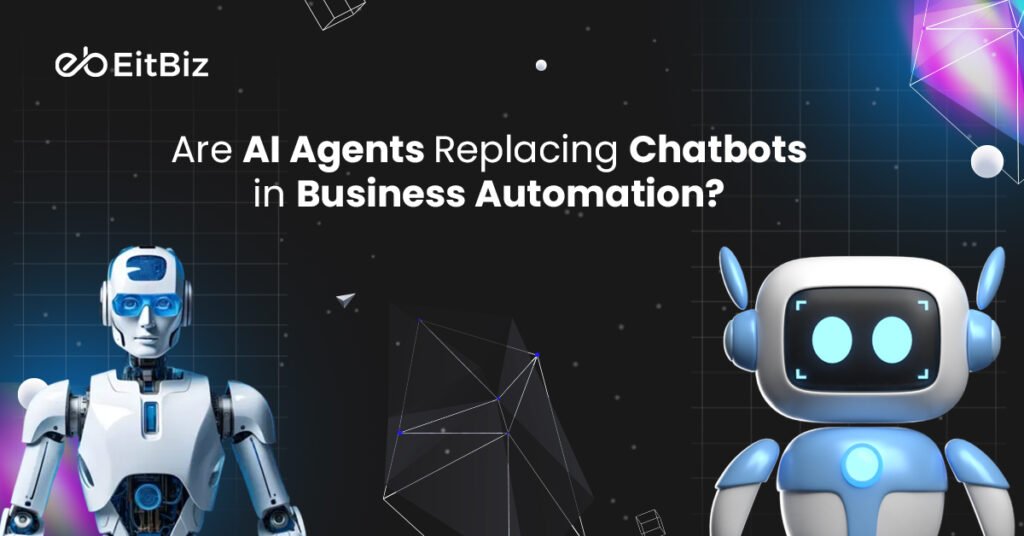Congratulations- You’ve finally decided to build a food delivery app, great!
Well, that’s the reason, you’ve stumbled upon this post, looking to know the steps to craft a superior digital product that serves your customers and grows your business!
But why “Food Delivery App Development”?
Well, there are many good reasons for the same!
- It sounds surprising but more than 85% of Americans are using a food delivery app.
- According to findings from Statista, the revenue generated by online food delivery is projected to reach $96.5 billion by 2027.
That shows the popularity of the growing tech in food delivery!
Whether you want to develop a food delivery app similar to Uber Eats, set up a food delivery app for a grocery shop, or build a food delivery app for your restaurant, this post will help you out!
In this post, we’ll discuss the complete steps involved in custom food delivery application development, features, and more.
To view the entire process of creating a feature-rich on-demand meal delivery platform, continue scrolling.
Types of Business Models in Food Delivery App Development
Restaurant-to-Consumer Model
In this model, customers have the convenience of ordering food directly from restaurant applications like Domino’s, McDonald’s, Chick-fil-A, KFC, and others. The restaurant takes on the responsibility of both preparing and delivering the food to the customers’ desired location. This particular food delivery business model is well-suited for restaurants equipped with their fleet of delivery partners or riders.
Platforms to Consumer Model
This represents one of the most widely embraced food delivery app models, where numerous restaurants are enlisted on a single app platform. In this setup, the platform manages the entire delivery process. It’s a favoured model because it allows for the collection of delivery fees and order commissions from restaurant partners.
Food Delivery Aggregator Model
The aggregator model integrates elements from both of the previously mentioned food delivery app development models. In this model, the restaurant partner takes on the responsibility of delivery services and utilizes the app solely for receiving orders.
A Complete Guide to Building a Food Delivery App

Let’s discuss them in detail!
Step 1: Complete Market Research
When embarking on the journey to build a food delivery app, conducting comprehensive market research is paramount. This initial step is crucial for identifying competitors, discerning customer expectations, and making informed decisions to ensure the app’s success.
Market research aids in evaluating the competitive landscape. By scrutinizing competitors, you can assess their features, user experience, pricing strategies, and customer feedback. Thus it helps determine if there are any remaining gaps in meeting customer demands, enabling you to position your app effectively in the market.
Did you know?
By 2029, it’s expected that the food delivery app development market will be worth $320 billion. Furthermore, a significant 60% of restaurant owners think that providing food delivery has increased sales for their establishment.
Step 2. Identify Your Food Delivery Business Model
There are multiple ways to commercialize your app idea, and there are various ways that food delivery applications operate.
- Delivery services — You develop a business and an app that manages all deliveries between patrons and restaurants. These business models take a percentage of each order and charge restaurants a fee for using the platform.
- Third-party facilitator: The app links customers and eateries, just as in the original model. However, a third party handles every delivery. You’re not handling the food—you’re just using the app as a service.
- Direct food delivery apps — This occurs when a grocery shop or restaurant offers food delivery via their app. Both the software and order fulfilment are managed internally by them.
Usually, the first two models charge eateries to be featured, which generates revenue for them. They can also profit by collecting a portion of each order or by charging delivery fees.
The third model merely charges clients for the food that is included in each order. You might occasionally charge more for things that are delivered or charge a set delivery price for every order.
Step 3. Consider the App Development Cost
For startups and businesses, cost consideration is paramount when developing a food delivery app. Estimating the precise amount can be challenging, as it hinges on factors such as app complexity, maintenance, platform choice, required software and technology, and the development team’s composition.
On average, food delivery app development costs typically fall within the range of $15,000 to $60,000. However, this figure is subject to variation based on the aforementioned factors. Thus, selecting a company that aligns with your budgetary constraints is crucial.
Step 4. Select Your Features
Every food ordering app shares similar features, but some businesses may opt to build a custom food delivery app with unique functionalities tailored to their business model.
Later in this guide, we will discuss the key features of a successful food delivery application. However, you must establish a clear understanding of the desired features before initiating the development process.
Your chosen features will shape the entire app development lifecycle. Without a firm grasp on your desired features, it’s easy to become distracted during development and incorporate features that may seem appealing but do not align with your business needs.
- Easy User Registration
- User Profile
- User App Features
- Geolocation
- Restaurant/Dish Search
- Placing an Order
- Quick Payment
- Real-Time Tracking
- Customizing Orders
- In-App Messaging
- Rating and Reviews
- Push Notifications
Step 5. Pick the Revenue Models
You’ve finalized your business model and features, but now it’s time to consider how your food delivery app will generate revenue. There are several avenues to explore:
One option is a commission-based model, where you deduct a fee from each order processed through the app. Another possibility is a subscription-based model, where customers pay a monthly or yearly fee for access to premium features or perks.
Additionally, you could partner with restaurants or relevant businesses to incorporate advertising as an income stream. Regardless of the approach you choose, it’s crucial to conduct thorough market research and analyze user trends and competition. This will help you establish the most effective revenue strategy for your food delivery service, ensuring its success in the market.
Step 6. Choosing the Right App Development Company
When it comes to app development, the choice of your development partner is paramount. The team you engage will significantly influence your app’s success, impacting its functionality and user experience. Here are key considerations when selecting an app development partner:
- Experience: Prioritize teams with a proven track record of successful app development. Experience within your industry or niche can be particularly beneficial, as it demonstrates an understanding of your specific needs and challenges.
- Expertise: Ensure the team possesses the necessary expertise to execute your project effectively. This includes proficiency in frontend and backend development, API integration, database management, and any other technical requirements specific to your app.
- Communication: Effective communication is vital for a fruitful partnership. Choose a team that prioritizes clear and open communication, ensuring that they are responsive and capable of conveying information clearly and efficiently throughout the development process.
Step 7: Designing the App
The design should be visually appealing, logical, and easy to use. Simple navigation, restaurant and menu item search and filter options, a fast and safe ordering process, real-time order tracking, and useful payment options are just a few of its vital features.
Remember that your food delivery mobile application should consider the many interests of its users, offering features like customizable profiles, personalized recommendations, and easy sharing and rating of culinary adventures through interaction with social media networks. Your food delivery app’s chances of success can be raised and the overall user experience can be enhanced with a user-centric design approach.
Step 8: Third-Party Integrations
Integrating third-party services allows the app to leverage existing features and services, thereby enhancing user experience and streamlining processes. Examples include:
- Payment Gateways: Facilitating safe transactions through integrated payment gateways.
- Mapping and Geolocation APIs: Providing precise tracking and delivery information to users.
- SMS or Push Notification Systems: Keeping users updated on order progress via notifications.
- Restaurant APIs: Accessing menus and inventory data to offer a comprehensive ordering experience.
Step 9: Testing Beta Version
Testing plays a critical role in the food delivery app development. Comprehensive user acceptance testing and quality assurance are essential to identify and rectify any errors, issues, or usability challenges. A thorough testing process encompasses various aspects, including:
- User Interface: Ensuring that the interface is intuitive, user-friendly, and visually appealing.
- Functionality: Verifying that all features and functionalities work as intended, including order placement, payment processing, and order tracking.
- Performance: Assessing the app’s speed, responsiveness, and overall performance under different conditions and usage scenarios.
- Security: Conducting security testing to identify and address vulnerabilities that could compromise user data or the app’s integrity.
- Compatibility: Testing the app across different hardware devices, operating systems, and screen sizes to ensure compatibility and consistent performance.
Step 10: App Launch and Marketing
A food delivery app’s launch and effective marketing constitute the final stage of food delivery application development. It entails creating a comprehensive marketing strategy that includes branding, offline and online advertising, social media engagement, and partnerships with surrounding restaurants. It’s also crucial to develop an app that is easy to use, has secure payment options, an eye-catching design, and basic navigation.
By establishing efficient customer support channels and gathering user input, you may iteratively improve the app’s functionality and user experience.
Final Thoughts
So, that’s all about food delivery mobile app development! Embarking on the development journey of a delivery service app demands careful consideration of numerous factors, as evident from the information provided. From grasping the industry’s key trends to exploring diverse monetization strategies, business leaders must engage in thorough contemplation before proceeding.
Planning to build a food delivery app? If so, your search ends here!
At EitBiz, we recognize the importance of crafting a unique and customized app that aligns with your specific needs. With our expertise and cutting-edge technology, we have the perfect blend of resources to make your vision a reality. Our team of skilled professionals is committed to delivering excellence in on-demand food delivery mobile app development services.
Ready to bring your app dream into reality? Call us at +1(812)530-6300 or write down your food delivery requirements and send them to info@eitbiz.com today! Hire our professional app developers!





